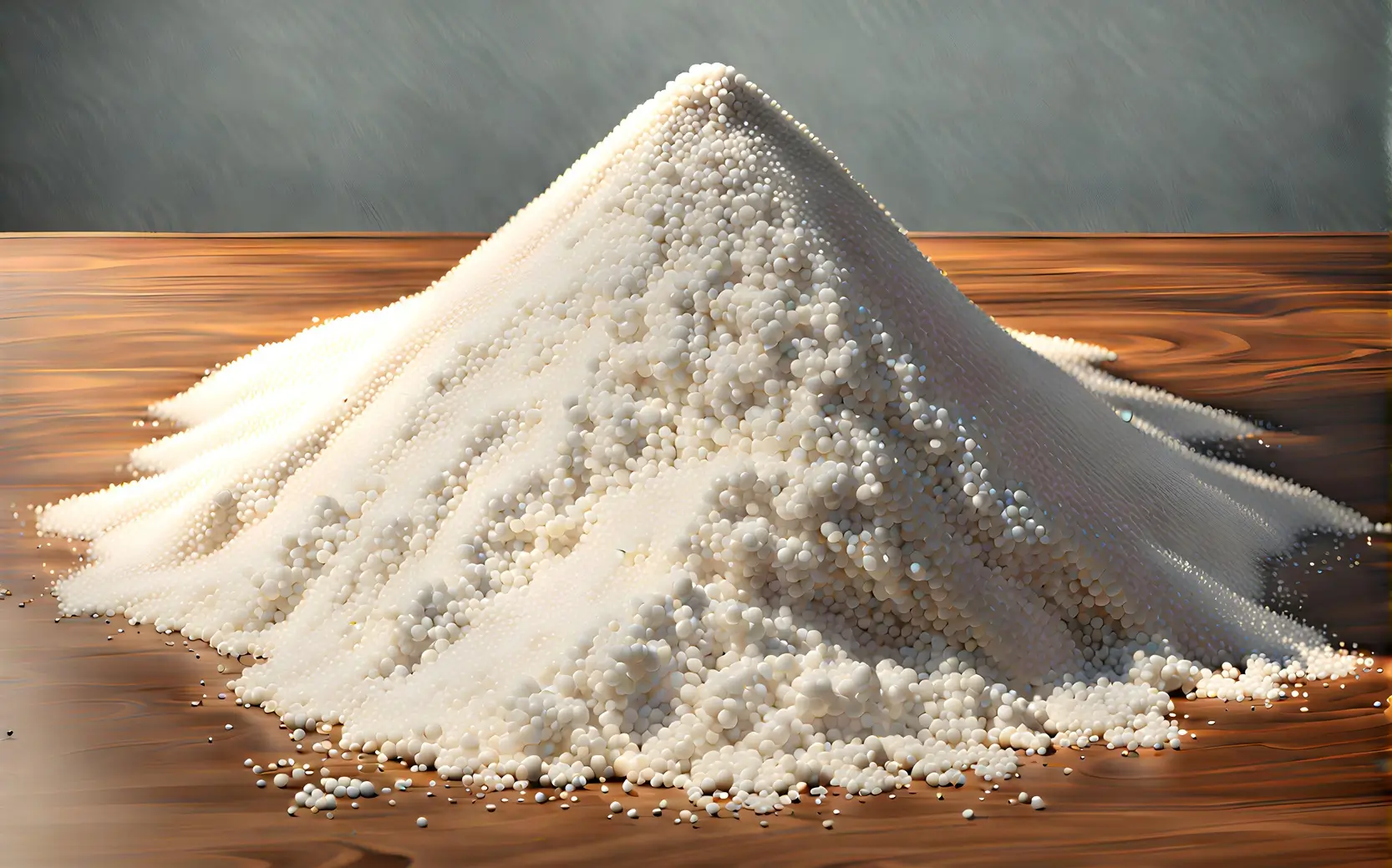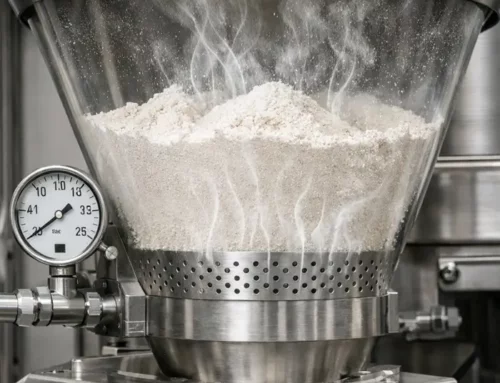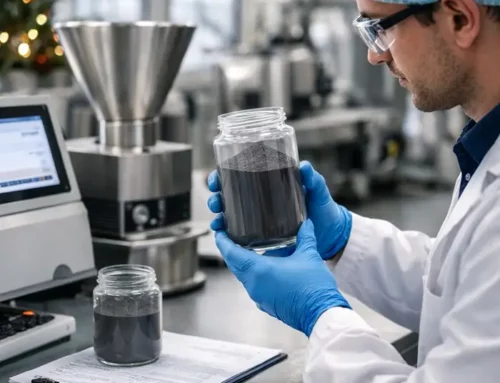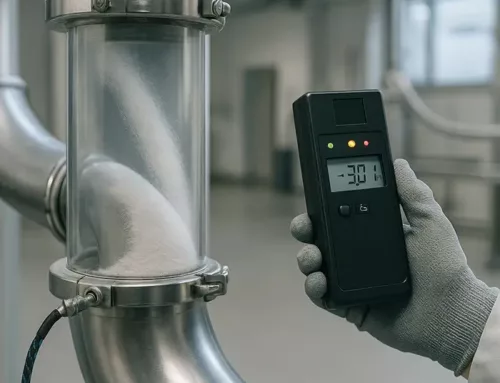
Understanding the Sweetness: The Complexity of Sugar Consumption and Alternatives
Our deep-rooted love for sweetness transcends mere pleasure; it involves a complex biological and psychological system. Taste receptors on the tongue identify sweet compounds, triggering the release of neurotransmitters like dopamine, which creates a sense of pleasure and reward. This evolutionary advantage ensured our ancestors sought out energy-rich, ripe fruits for survival, contributing to their greater fitness in evolutionary terms. However, the enchantment of sugar comes at a cost. Modern-day excessive consumption contributes to weight gain and increases the risk of chronic diseases like diabetes, heart disease, and cancer. In response to these health concerns, many are seeking alternatives to sugar. This shift toward sugar alternatives, particularly allulose as a sugar replacement, offers a promising solution. Allulose as sugar replacement provides the sweetness that consumers crave while boasting fewer calories and a lower impact on blood sugar levels.
Yet, this transition is not without its challenges. Programming around sugar consumption adds complexity to the issue. While advancements in enzyme technology are gradually reducing production costs for allulose, reshaping consumer palates requires a comprehensive, long-term effort.
Is allulose as sugar replacement a potential solution?
Over the centuries, the trajectory of sugar consumption has unveiled a striking ascent. In 1700, individuals indulged in an estimated 4.9 grams of sugar per day, gradually escalating to 9,900 grams annually by 1800.
The 1900s witnessed an unprecedented surge, with Britons and Americans consuming 45,000 grams and 18,000 grams of sugar yearly, respectively. Fast forward to the present day, and the scenario has transformed dramatically.
In the United States alone, the average person now consumes an estimated 125 grams of sugar daily—more than 20 times the intake from two centuries ago. This exponential rise paints a vivid picture of the evolving relationship between society and sugar,
Allulose: A Promising Alternative to Sugar
marking a substantial shift in dietary habits throughout history. Sugar disrupts insulin function, elevates LDL (low-density lipoprotein) cholesterol, and contributes to inflammation, impacting our overall health. Amidst the pitfalls of sugar, Allulose could be an alternative. Discovered in wheat leaves in the 1940s, its commercial viability soared in the 1990s, thanks to Ken Izumori’s innovative production method using Allulose as a sugar replacement. Allulose, a low-calorie monosaccharide, mimics the sweetness of sugar but with a minimal impact on blood sugar levels. This unique sweetener, could not only offer an advantage for health-conscious consumers but also present prebiotic properties that could enhance gut health. Allulose could be the sugar replacement many have been looking for, challenging conventional notions of sweetness and paving the way for a more nuanced approach to our sweeter dietary choices.
What is allulose?
Allulose, also known as D-psicose, is a low-calorie monosaccharide found naturally in small amounts in certain fruits and vegetables, including figs, raisins, wheat, maple syrup, and molasses. Commercially, it can be produced from cornstarch or fructose through enzymatic processes. Its distinctiveness lies in being approximately 70% as sweet as sucrose while containing a mere 0.4 calories per gram, a fraction of the 4 calories found in regular table sugar, making Allulose a sugar replacement.
One of the key attributes that render allulose attractive is its minimal impact on blood sugar levels and insulin. Its poor absorption by the body results in excretion primarily through urine, making it a potential alternative sweetener for individuals with diabetes or those seeking to manage their blood sugar levels. Furthermore, preliminary research suggests potential health benefits, including a reduced risk of tooth decay and the promotion of healthy gut bacteria.
Adoption of Allulose as sugar replacement
While allulose holds promise, like with so many other things, it is not without its drawbacks.
Some individuals may experience a slightly cooling or laxative effect, particularly in higher quantities.
Additionally, the cost of allulose production can be a barrier to widespread adoption. In comparison to traditional sugar substitutes, allulose may be slightly more expensive, limiting its accessibility for both manufacturers and consumers.
Factors of influence
Several factors contribute to the preference for traditional sweeteners over allulose as sugar replacement in many food products. Cost remains a significant hurdle, as the production of allulose is currently more expensive than corn syrup and refined sugar. The taste profile, slightly different from sucrose, may also influence its application, especially in beverages and candies where mouthfeel is crucial. Consumer familiarity with corn syrup and refined sugar, deeply ingrained in established recipes and formulas, poses a challenge to the
(Regulatory) Considerations
widespread acceptance of allulose as sugar replacement. The shift would require adjustments to taste profiles and potential reformulation of products, incurring additional costs and potential risks concerning consumer acceptance. Regulatory considerations further complicate the scenario. While allulose has been generally recognized as safe (GRAS) in the United States, being a relatively new sweetener may pose regulatory hurdles for food manufacturers. Historical data and established processing protocols may be less robust compared to
Supply Chain Limitations
traditional options. The supply chain and availability of allulose also play a role in its limited adoption. Corn syrup and refined sugar benefit from well-established production and distribution networks, while allulose, with a smaller production capacity and distribution infrastructure, faces challenges in achieving readily available quantities, contributing to its higher cost. Health concerns, although preliminary, add another layer of complexity. While research suggests safety for most individuals, long-term effects,
Navigating Taste Preferences in the Shift to Healthier Sweeteners
especially with higher consumption, are still under investigation. Some concerns regarding gut bacteria imbalance have been raised, requiring further research for conclusive evidence. Palate adaptation, a nuanced phenomenon observed in the realm of taste, unfolds as a gradual transformation of individuals’ flavor preferences over extended periods. In the context of advertising, particularly in the areas of food and beverages, people have been accustomed to the sweet allure of sugar for centuries.
Shifting away from this historical preference necessitates a patient journey of introducing alternative flavors and reducing sugar content. This process involves acclimating the human palate to embrace new tastes, a transformation that unfolds over years. Advertisers and food industries often engage in this delicate balance, steering consumer preferences towards healthier options by allowing time for the evolution of taste preferences. The success of such endeavors hinges on the meticulous navigation of this intricate journey, acknowledging the historical dominance of certain flavors while paving the way for a more diversified and health-conscious palate.
From Corn to Crystal
The process of allulose as sugar replacement production begins with cornstarch, a cost-effective carbohydrate extracted from corn kernels. This complex starch undergoes enzymatic manipulation through D-tagatose 3-epimerase, subtly transforming glucose into D-tagatose, the precursor to allulose. In large stainless-steel vessels known as bioreactors, the enzyme solution and D-tagatose initiate the conversion.
Following this, fermentation takes center stage in tanks housing engineered bacteria, efficiently converting D-tagatose into allulose. Key machines, such as centrifuges, come into play during this stage to separate unwanted solids from the allulose solution. The journey continues through purification steps involving filtration, ion exchange, and
The Allulose Production Process: Ensuring Purity and Quality Through Advanced Machinery
chromatography, employing machines like chromatography systems to eliminate byproducts and refine the allulose, ensuring its purity.
As the process progresses, crystallization tanks, under controlled temperature and pressure conditions, become integral. These tanks facilitate the formation of allulose crystals as they arrange themselves into a regular lattice structure. Machines like centrifuges and dryers then step in, removing residual moisture from the crystals, and resulting in the production of a dry, stable allulose product. This collection of machines, including bioreactors, fermentation tanks, centrifuges, chromatography systems, and crystallization tanks, works seamlessly together to ensure the efficiency and quality of the entire allulose production process.
Particle Size and Characteristics
Understanding the particle size and characteristics of allulose as sugar replacement crystal structure is important for its application in various products. Crystal size can range from fine powders to coarser granules, impacting solubility, blending
Properties and texture
properties, and texture in different applications.Bulk density, lower than traditional sugar, would necessitate adjustments in recipes when substituting with allulose. Finally, the moderate hygroscopicity, the ability to absorb moisture, contributes to a soft texture in baked goods but would require proper packaging and storage to prevent clumping.
The Future of Allulose as sugar replacement
Despite current challenges, the prospect of allulose replacing sugar faces significant hurdles. Historical and ingrained preferences, coupled with the worldwide integration of sugar in various industries, pose formidable barriers. The extensive advertising and societal
The Challenges of Replacing Sugar with Alternatives
Programming around sugar consumption complicates the issue further. Although advancements in enzyme technology reduce allulose production costs, reshaping consumer palates requires a long-term effort.
For example, stevia, aspartame, and other sweeteners have captured only 1 to 5% of the global market. In contrast, sugar maintains a dominant share of 90 to 95%.
The shift away from sugar involves both taste and health considerations ingrained in consumer consciousness. Initiatives like diet sodas highlight this challenge. For instance, Coke Zero offers improved taste but fails to replicate traditional sugar-sweetened beverages’ appeal.
In this context, allulose may gain traction in specific products. However, completely replacing sugar remains a complex and gradual process. It requires substantial efforts in technology, economics, and changing consumer perceptions.




